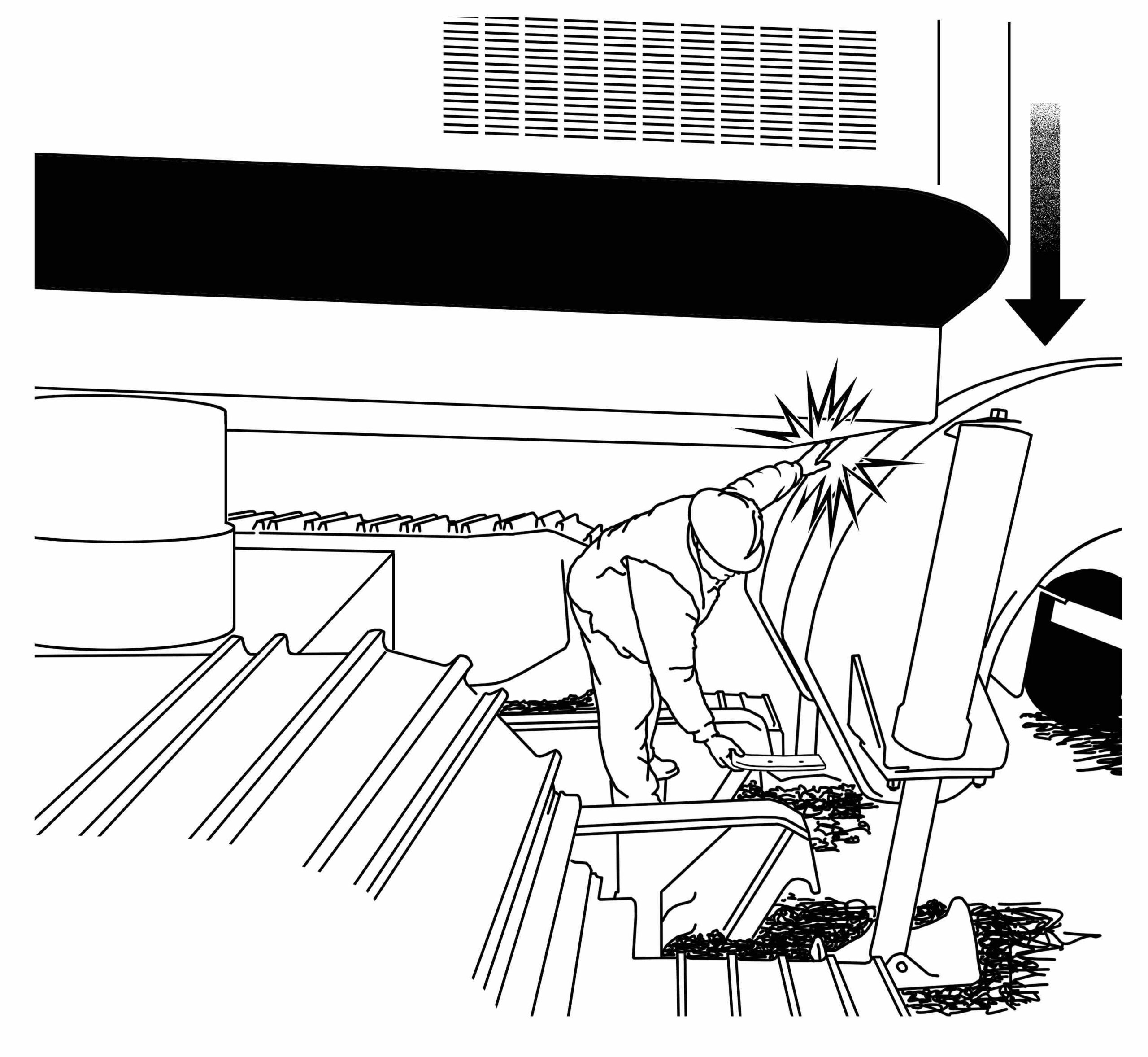20-S-07
Lowboy Operator’s Fingers Amputated
Published
Content is restricted to FRA members only.
Sign In
Is Your Company A Member?
Get Access Now!
Reviewed By
Vickie Swanton, FRA Western Region Manager
Originally published by SHARP. Click here for their Logging Safety Brief.

